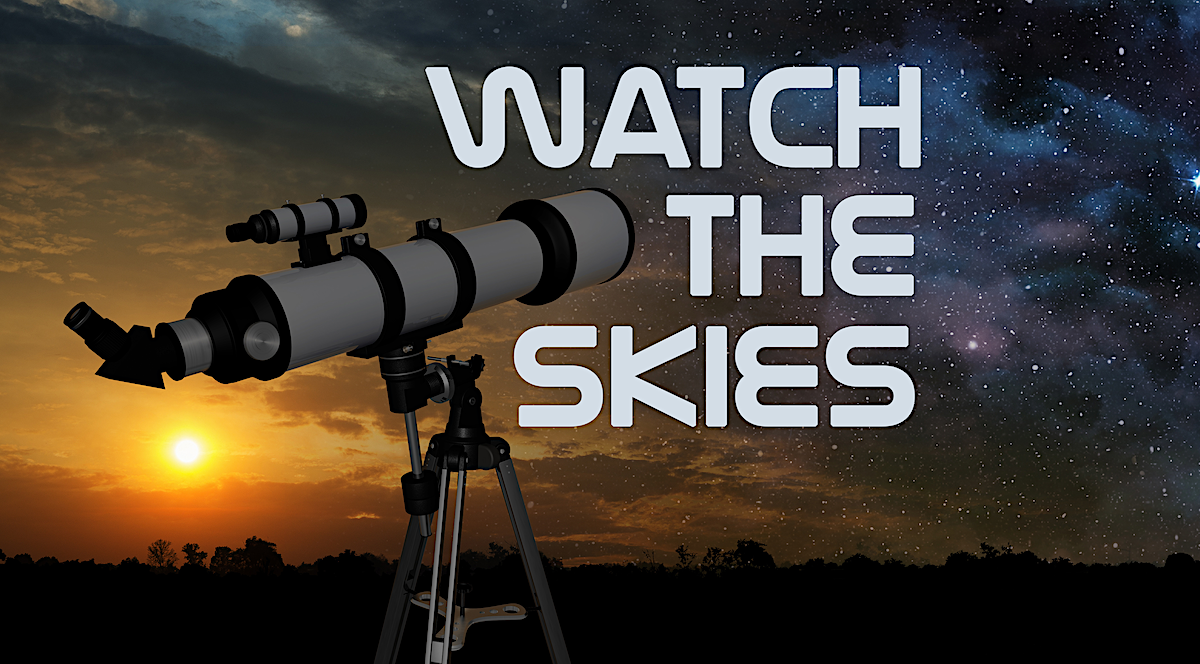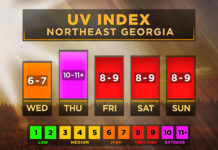
February is usually a pretty cold month for stargazing, but that doesn’t mean you shouldn’t get out and check out the night sky!
Below is a list by day of some events you can check out!
February 2: Mercury will be at Aphelion today. Aphelion is when Mercury is farthest from the sun. During most of its orbit, the planet is difficult to pick out against the bright sunset background but should be much easier to see during the pre-dawn sky.
As an added bonus, it will be joined by its next-door neighbor Venus, up and to the right, shining much brighter and impossible to miss. The last quarter moon is also today, so be sure to peek at it either before dawn or during the first half of the day!
February 8: The Moon and Mars will make a close approach this morning. The very thin crescent moon will be fairly dim in the pre-dawn sky, but if you can spot it just below Mars, it will certainly be worth the effort to see such a thin moon!
The Alpha Centaurids meteor shower also peaks today. This is a very minor shower, contributing only 2-3 meteors per hour to the background rate, mainly in the southern hemisphere.
February 9: There is nothing to see here; it’s a new moon. New moons generally can’t be seen. They cross the sky with the sun during the day, and the moon’s shadow side is pointed toward Earth. A new moon is visible only during a solar eclipse. After this, there are only two new moons between us and the total solar eclipse on April 8, 2024!
February 10: The moon and Saturn will make a close approach today. You’ll have to be a very careful, diligent observer to see them, though. They will be in the west just after sunset but will not be visible long. With the moon just around 24 hours old, it will be very, very thin and hard to pick out against the bright sunset glare.
February 15: This conjunction will be much easier to see with Jupiter and the nearly quarter-full moon near one another after sunset this night. They will both be plentiful bright and easy to pick out. For an added bonus, grab some binoculars or a small telescope to see the four Galilean moons of Jupiter (Io, Europa, Ganymede, and Calisto) shining.
February 16: The moon reaches its first quarter phase tonight and will be visible from just after lunch through the evening. It will also make a very close conjunction with the Pleiades tonight. The Pleiades, also known as the seven sisters, is an open star cluster and will be easily spotted alongside the moon!
February 22: Venus and Mars will make a close conjunction on this date before sunrise passing less than 1 degree between one other. This will be easy to see in the morning sky!
February 24: The Full Moon of the month will come on this night. It is known as the Snow Moon for what I hope are obvious reasons despite the fact we still haven’t seen snow in North Georgia. It also goes by the Hungry Moon, Bear Moon, Ice Moon, and Storm Moon in different cultures. This will be a “micro” moon, the opposite of a “super” moon, with the moon reaching its farthest point from Earth just a day later.
February 28: This event won’t be visible, but I included it to highlight how quickly Mercury makes a trip around the sun. After reaching the farthest point in its orbit from our perspective at the beginning of the month, it will already have already traveled around to the backside and be completely visible to us once again!
I hope you get a chance to get out and see these wonderful events this month!






